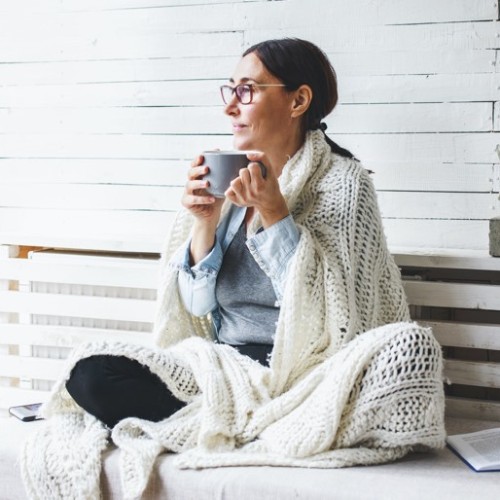Minimalism isn’t just about decorating your home ⎯ it’s also a way of thinking that’s becoming more and more popular worldwide.
Living without clutter, enjoying the little things and settling for the essentials is a way of life, influenced by the 20th century, which could certainly change your habits.
What exactly is minimalism?
The art of minimalism is a school of thought born in the United States in the early 1960s, in response to abstract expressionism and in opposition to pop art. Minimalism is behind the popular quote from designer Mies Van des Rohe, “less is more”, and it’s also a legacy of modernism. Throughout the years, many artists such as Robert Morris, Frank Stella and Steve Reich used reductionism and stripping down to essentials in their art.
As far as minimalism in design is concerned, it appeared much earlier at the beginning of the 20th century. At the time, coming across minimalistic furniture and decorations seemed out of this world.
Even though the minimalistic spirit was born a few decades ago, it has only recently been explored and applied to our lifestyles. Industrialization has somewhat distanced us from this way of life and changed our priorities, but more and more people want to adopt the mindset of our ancestors, who had very few resources and had to live off the bare minimum.
Making your decor minimalistic
If for some, “minimalist” means “cold” and “unwelcoming”, rest assured that it’s the complete opposite. You are able to create an inviting decor in which you can feel at ease by letting go of things you don’t need and keeping the essentials, or finding them at a low cost.
The goal is to highlight objects and their usefulness by prioritizing what’s consistent and timeless. Think solid colours, and keep it simple. You can also add storage elements to your furniture or walls to think in a minimalist way ⎯ everything will appear much cleaner and tidier.
Minimalist decors have little to no curves, so you’re better off opting for straight lines and less patterns. Furniture-wise, it’s not about having as little as possible, but rather about establishing a coherent design. In this case, modern furniture sets from unique Quebec shops could be welcome additions.
Making your home more minimalistic can be a good selling point if you’re considering putting it up for sale in the future.
The minimalistic lifestyle
We are in the age of consumerism: we work to obtain more and more. Consuming in a minimalist fashion is, above all, about cherishing and sharing experiences. Material goods are used to ensure a comfortable daily life.
Don’t worry; you don’t need to get rid of everything right away! You can instead act one day at a time, making positive ecological choices, avoiding excessive consumption. For example, buying light bulbs that consume less energy, growing your own fresh produce, recycling and using less expensive materials like corks and wicker.
You can also find several tools that can help you make informed decisions within your budget.
The road to simplicity is a slow one ⎯ what matters most is putting emphasis on the little things that can make a difference in your environment and decor, making you feel lighter at the same time. Collecting moments is worth your while, but hoarding isn’t!
Keys takeaways
- Minimalism was born during the 20th century and consists of reductionism in art and design. More recently, it has become part of the art of living.
- A minimalistic decor stands out with its lines, simple colours and practicality.
- Minimalism is a learning experience that can begin with ecological, long-term actions every day.

